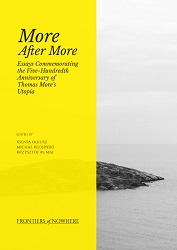
We kindly inform you that, as long as the subject affiliation of our 300.000+ articles is in progress, you might get unsufficient or no results on your third level or second level search. In this case, please broaden your search criteria.


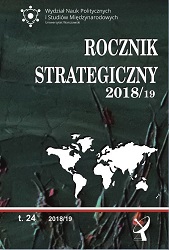
The article presents the activities of the UN Security Council in 2018 in lightof the Secretary General’s statements concerning the state of the world. The firstpart is devoted to drafts of resolutions on the Middle East, which were vetoed bypermanent members of the Security Council. The second one is focused on decisionsconcerning African states such as the Republic of Central Africa, Sudan, SouthSudan, Democratic Republic of Congo, Mali, and Somalia; as well as on thematicresolutions concerning peacebuilding, protection of civilians and children in armedconflicts, the role of youths for peace and security. In the third part, basic data on peacekeeping are presented and some violations of peacekeeping rules described.A separate part is devoted to Poland’s activities within the SC and in particular itsengagement in promoting international law.
More...
The aim of the article is to present the major armed conflicts – the wars in threeMiddle East countries: Syria, Iraq, and Afghanistan. The selection criteria includenot only geographic factors, but also the nature of the conflicts, i.e. they are allcivil wars and have become internationalized as a result of involvement of externalpowers, i.e. the military forces of several countries. In Syria, Iraq, and Afghanistan the enemy has been the so called Islamic State; in Syria it was the main enemy. Thethree countries were the most impacted by terrorism.
More...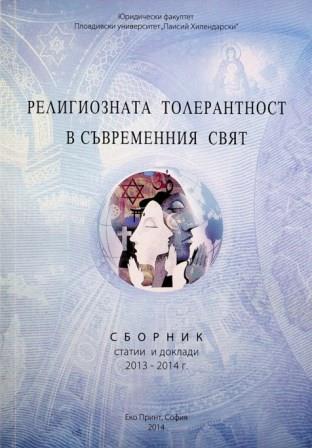
Article 11, paragraph 4 of the Bulgarian Constitution forbids the formation of political parties on ethnic, racial or religious basis. The purpose of this norm is not to allow the formation and the functioning of political parties whose members belong to specific ethnic, racial or religious group and therefore are not accessible to people outside this group. The state organ with the task of monitoring the compliance of the existing political parties with art.11, par.4 of the Constitution, is the Constitutional Court that is competent to rule on challenges concerning the constitutionality of political parties and associations. Constitutional court decisions, including those rendered on disputes on the constitutionality of political parties, formed on religious basis, has formal and material res judicata effect. But when the Constitutional court reviews the constitutionality of a political party it acts not only as a “court of norms” but also as a “court of facts”. So the main question is whether and to what extent art. 21, par. 5 of the Constitutional court act, forbidding the filing of further motions when the Constitutional court has already rendered a decision on the same subject, is applicable to disputes concerning the constitutionality of political parties. According to the author in such cases the res judicata effect comprises only those facts that are present and known to the court at the moment of rendering its decision. Consequently, there is no obstacle to file a motion, based on new facts, that were non-existent at the moment of rendering the previous decision. Otherwise, it would mean that once the constitutionality of a certain political party has been reviewed by the Constitutional court this same party is forever immuned from the threat of being proclaimed unconstitutional.
More...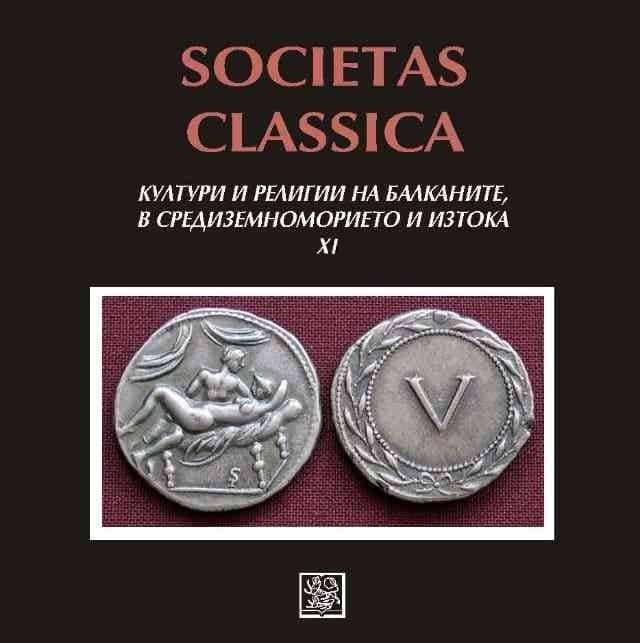
Subject of this paper are metaphorical linguistic expressions, which reflect the relation between the target domains of NATION and COUNTRY and the source domain of HUMAN BODY in Persian. Media analyses on Iranian policy, speeches, and statements of government officials of the Islamic Republic of Iran are the main source for the research. The corpus of the collected phraseological units is analysed and classified in the light of the Conceptual metaphor theory. Metaphorical linguistic expressions containing the terms 𝑑𝑎𝑠𝑡 “hand”, 𝑎𝑛𝑔𝑜š𝑡 “finger” and 𝑚𝑜š𝑡 “fist” are in the focus of the paper. It discusses the question if Persian political discourse demonstrates features of cultural conceptualisations, providing comparative analysis with English and Bulgarian. It is a part of a broader research on conceptual metaphors in contemporary Persian.
More...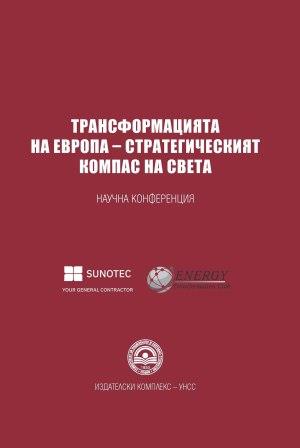
The paper points out the connection between political crisis and political myths and defends the understanding that political myths in Bulgarian society contribute to the emergence of political crises.
More...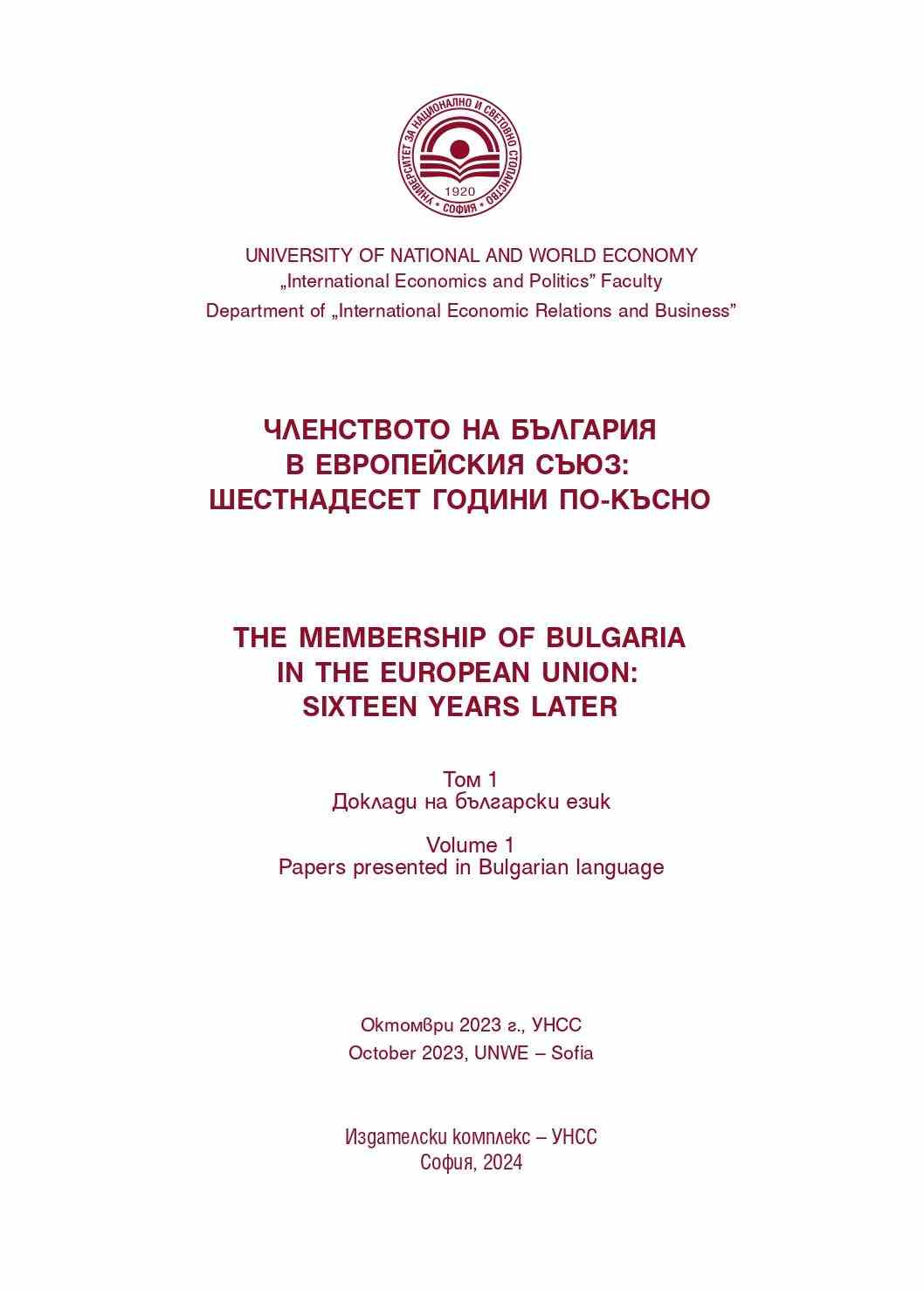
Economic theory is characterized by continuous dynamics, which is both dictated by the changes in human life and a driver of those changes, therefore the return to the theoretical achievements of the past provides a significant conceptual insight into the complexity of the processes, as a result of which the current reality was formed. The purpose of the present work is to analyze the particular manifestations of the heterogeneous doctrines in economic science, which determine the process of creating the theory of regional economic integration. The main task is to identify the economic theories that are the basis of the formation of the integration theory. The necessary cause-and-effect relationships that argue the compatibility of specific doctrines with the effectiveness of the process of regional economic integration should be deduced.
More...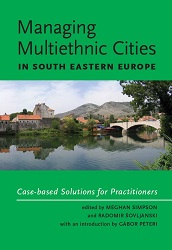
There used to be a clever description of the Socialist Federal Republic of Yugoslavia (SFRY) that indicated all of its complexity: one country, two scripts (Cyrillic and Latin); three basic religions (Roman Catholic, Orthodox, and Islam), four languages (Serbian, Croatian, Slovenian, and Macedonian); five major nationalities (Serbs, Croats, Slovenians, Macedonians, and Bosniaks) and several smaller national groups (Albanians, Hungarians, Turks, Roma, etc.); six Socialist Republics (Bosnia and Herzegovina, Croatia, Macedonia, Montenegro, Serbia, and Slovenia), with seven neighbors (Italy, Austria, Hungary, Romania, Bulgaria, Greece, and Albania); and eight constitutive parts (six Socialist Republics and two Autonomous Provinces—Vojvodina and Kosovo). A history of the territory of South Eastern Europe might be best summed up in terms of the constant flow of populations and changing regimes. In the center of what came to be the SRFY, across Bosnia and Herzegovina and Serbia, there stretched a line separating the Western and Eastern Roman Empire (later known as Byzantium); Roman Catholic and Orthodox religions (after the schism in 1054); the Habsburg and Ottoman Empires; the West and the East. While Yugoslavia’s name was supposed to indicate that it was the country of the Southern Slavs, in fact, it was composed of significant nonSlav minorities—among them, the largest in number being Albanians, Hungarians, and Germans—who had also inhabited the region for centuries. The Socialist Federal Republic of Yugoslavia, established in 1946 (as the Federal People’s Republic of Yugoslavia), was a socialist state and not an actual democracy. Though leadership in Belgrade wielded a significant amount of control over all the Republics, the country was much more liberal domestically and more open to the world than other countries of the Eastern Bloc. For much of the socialist period, particularly from the 1960s, it enjoyed high living standards and access to international markets. When the SFRY refused to accept Soviet hegemony in 1948, it became, according to Warren Zimmerman, the last Ambassador of the United States to the Socialist Federal Republic of Yugoslavia, the “protected and sometimes pampered child of American and Western diplomacy.”
More...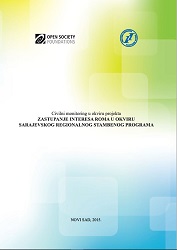




At the very beginning of this year the Igman Initiative started with the implementation of the project Integrating Roma interests to the Sarajevo Housing Process supported by the Foundation Open Society Institute. Within the framework of the project the expert team worked on mapping and documenting Roma refugees, determining their housing needs as well as drafting recommendations for finding housing solutions within the RHP. After a comparative analysis of the documents obtained from government bodies and data obtained from Roma rights organizations, and after the outlining of independent expert reports on state of affairs in this area the Igman Initiative organized round-tables in all four countries in order to support the authorities in their efforts to permanently resolve housing issues of Roma refugee. During the months of September and October the leadership of the Igman Initiative met with the representatives of competent government bodies in Bosnia and Herzegovina, Croatia, Montenegro and Serbia as part of lobbying campaign to ensure that special attention is provided to Roma refugees within the Regional Housing Programme, considering that they are the most vulnerable group. They also lobbied for the adoption of the expert team recommendations aimed at securing equal position of Roma refugees in relation to other citizens with the same status in the framework of implementation of the Regional Housing Program. In the second half of 2014 the experts of the Igman Initiative provided free legal aid and assistance in obtaining documents to Roma refugees.
More...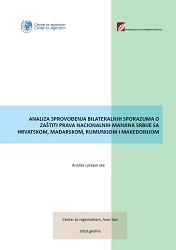




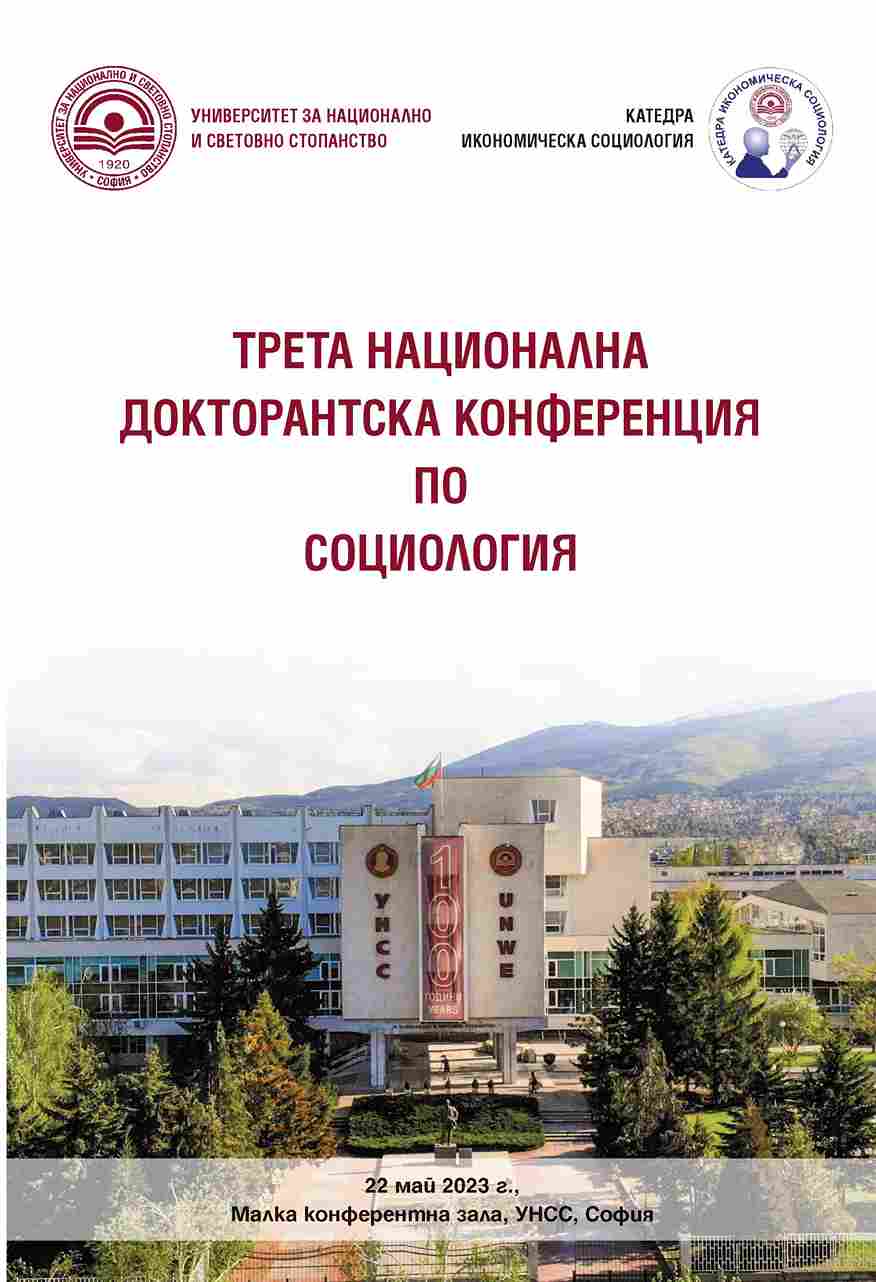
This study presents the results of a study conducted to verify conclusions and research hypotheses from a scientific dissertation on the topic: „The role of the Ombudsman for the development of civil society in Bulgaria – civil participation“. A qualitative method was used to collect the individual empirical information: an In-depth interview. The aim is to examine the relationship between the National Ombudsman of Bulgaria and civil society structures with an emphasis on the Ombudsman’s potential to insti tutionalize citizen participation in the decision-making process. The assumptions made before conducting the research are united around the hypothesis that the National Ombudsman manages to stimulate citizen participation and is a possible channel for citizen participation.
More...